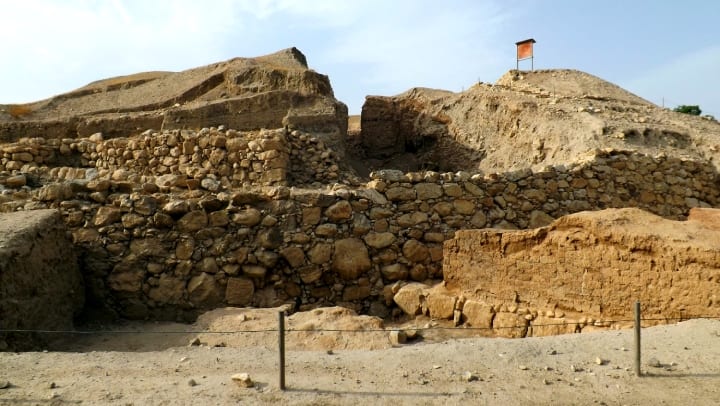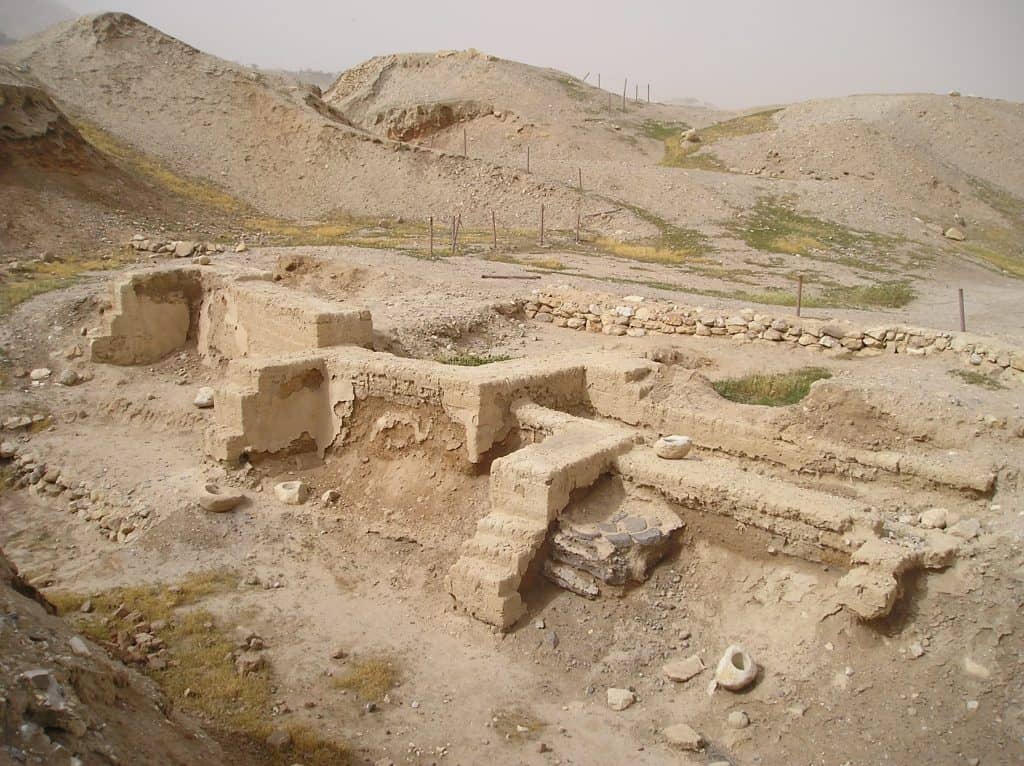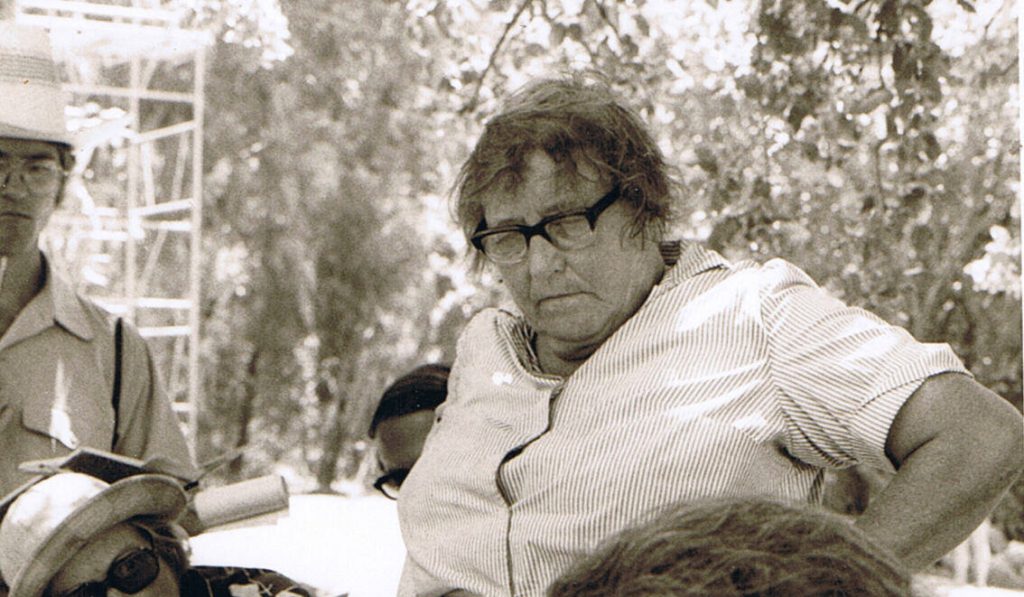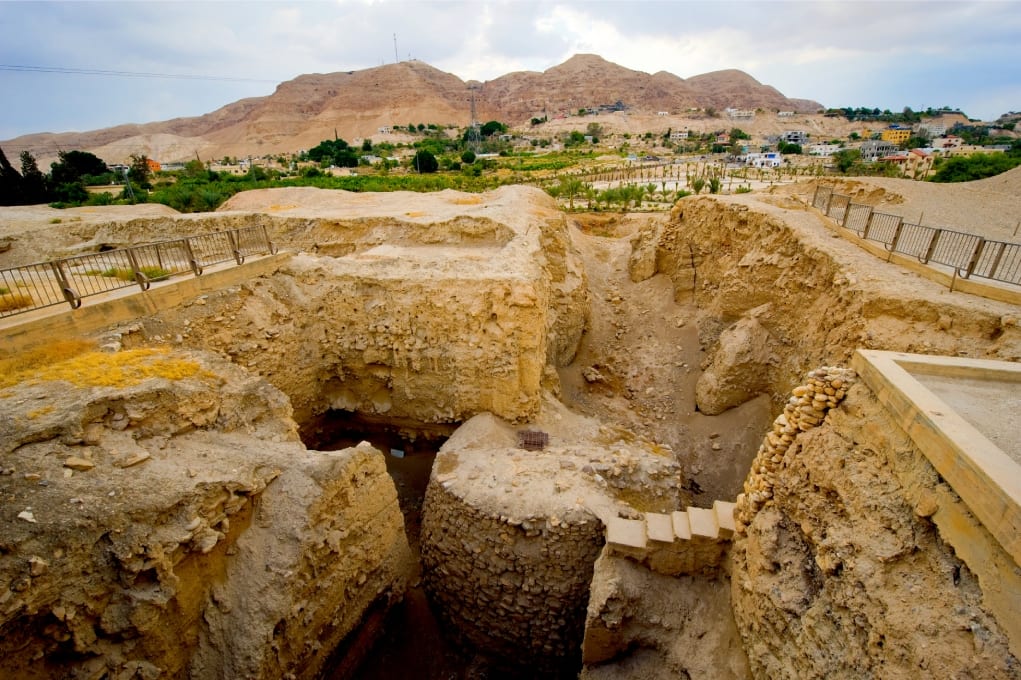Let’s journey through time as we explore the archaeological excavations in Tel Jericho that have unveiled the past mysteries! Tel Jericho, an ancient mound in the heart of the Jordan Valley, has been a site of fascination and exploration for centuries. Its layers hold the secrets of civilizations long gone, revealing glimpses of human history from the earliest settlements to the grandeur of Bronze Age city-states. Let’s embark on a journey through time as we explore the archaeological excavations that have unveiled the mysteries of Tel Jericho.
Tour of Tel Jericho

Late 19th Century: Early Explorations
The allure of Jericho’s history captured the attention of explorers and adventurers in the late 19th century. British archaeologist Charles Warren conducted the first systematic excavation in the late 1860s. His findings hinted at the city’s antiquity, but the full scope of its significance was yet to be revealed.
Archaeological Excavations in Tel Jericho – The German Expedition
Ernst Sellin, a German theologian and archaeologist, and Carl Watzinger, an art historian and archaeologist, led the German excavation team in the early 1900s. Their primary objective was to uncover evidence that would illuminate the biblical history of Jericho, specifically the events described in the Book of Joshua, including the conquest of the city by the Israelites.
Walls of Jericho

1930s: The Garstang Expedition
Furthermore, the 1930s marked a significant exploration period as British archaeologist John Garstang led an expedition to Tel Jericho. His team uncovered ancient walls, artifacts, and evidence of destruction, suggesting that the city walls had fallen at some point—a nod to the biblical story of Jericho’s conquest. However, these findings’ exact dating and context remained subjects of scholarly debate.
Kathleen Kenyon's Excavation in Jericho
1950s: Kathleen Kenyon’s Precision
Renowned archaeologist Kathleen Kenyon’s meticulous Excavation in the 1950s set new standards for archaeological methodology. Her work was a breakthrough in stratigraphy, the science of understanding layers of civilization. Kenyon’s team unearthed Neolithic and Bronze Age Jericho remnants by peeling back the layers, including evidence of defensive walls, a palace, and other structures.
The Rosetta Stone

Credit: Credit: Vassilios Tzaferis, CC BY-SA 3.0, via Wikimedia Commons
21st Century Excavations – Lorenzo Nigro
The last major archaeological team to excavate Tel Jericho was a joint project between the Italian-Palestinian Expedition to Tel Jericho. This project, initiated in 2010, brought together Italian and Palestinian archaeologists to continue the exploration of this ancient site. The expedition aimed to uncover new insights into the history and development of Jericho over the centuries.
Led by Lorenzo Nigro, an Italian archaeologist, the team focused on various aspects of the site, including both the Neolithic and Bronze Age periods. Moreover, their efforts included uncovering architectural features, pottery, and artifacts that could shed light on the city’s past.
Controversies and Interpretations
Lastly, the excavations at Tel Jericho have not been without controversy. While some findings align with biblical narratives, such as evidence of a fallen wall, scholars debate these events’ precise dating and interpretation. So the relationship between the archaeological record and historical accounts remains a scholarly inquiry and debate topic.
Jericho Ultimate Guide

Archaeological Excavations in Tel Jericho – Heritage and Discovery
So today, Tel Jericho stands as a testament to the rich tapestry of human history. Its layers of ruins have provided insight into past civilizations’ lives, architecture, and practices. Visitors can explore the site’s remains, from ancient fortifications to residential areas, gaining a tangible connection to the people who once called Jericho home.







